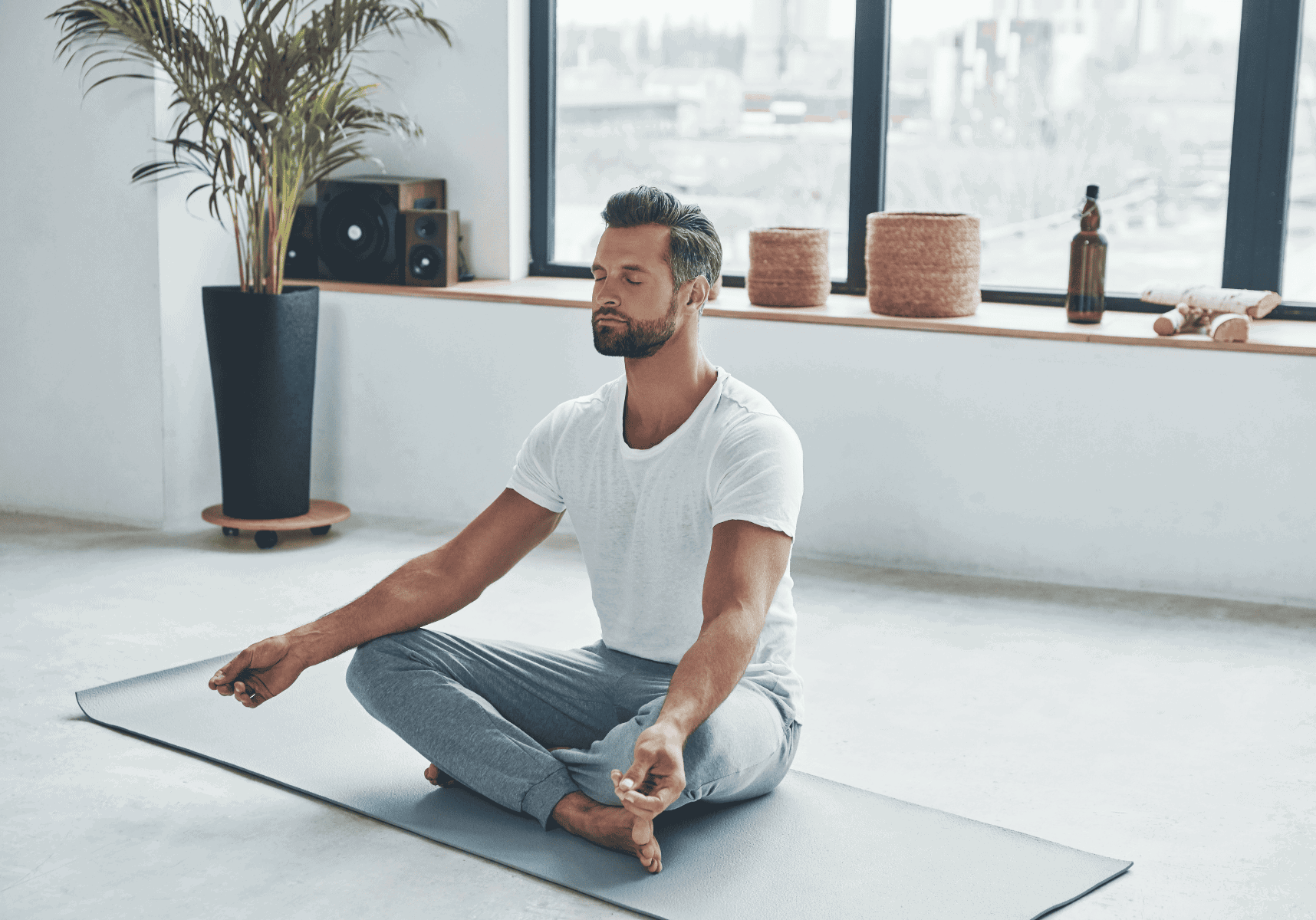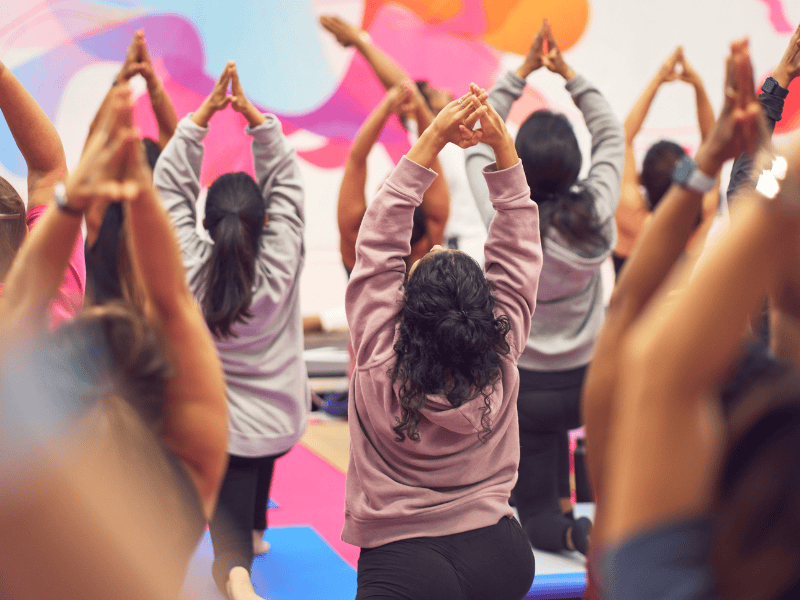
Slow it down
Slowing down your yoga practice does not equate to taking it easy on the mat. On the contrary, it can be a route to building strength, better breathing and finding greater presence. By Paula Hines
Reading time: 2-3 minutes
The pace of life can be pretty full on. Often it feels like rushing is the default, but one place I feel that we don’t need to rush is in our yoga practice. Yet, when it comes to yoga asana classes there can be a tendency for them to move at a rather fast speed too. However, a space such as an asana class offers an ideal opportunity to slow things down. If you attend a class of mine you can expect it to be unhurried.
Of course we are all different, but speaking for myself I’ve found that with each passing year, the more interested I am in slowing down in my asana practice. For me, moving fast makes it harder to be present and move mindfully, and easier to switch into autopilot mode.
One misconception of ‘slow’ is that it equals ‘gentle’ and therefore, ‘easier’. On the contrary, a slow flow class, for example, can be more challenging in different ways both physically and mentally, compared to a faster vinyasa flow class. In addition, a slower flow practice where poses are held for longer can allow the practitioner to build more strength over time.
Just a couple more positives of slowing down your asana practice include:
- Truly tuning into your breathing: Want to breathe optimally? In a 108 fast-paced vinyasa class you might not be, yet it is the breath that is central in the practice. The meaning of ‘vinyasa’ is ‘to place in a special way’ but if our focus is simply on getting to the next posture at the expense of the breath, then we miss a great deal.
- By slowing down, it becomes easier to tune into the breath — breathing more fully and deeply — to link our movements to our breath and to even become aware of the spaces between each breath.
- Being more aware of your body: Once you’ve practiced yoga asana for a length of time you come to realise that every day is different. A balancing pose that felt easy last week can prove challenging in the next.
- Slowing down gives you the chance to become aware of how a pose feels in your body. Having this awareness helps to build a clearer understanding of what feels good or right for you in your asana practice and what doesn’t, and over time to develop greater body awareness in general.
Paula Hines is a London-based yoga teacher and writer and the author of the book Rest + Calm (Green Tree, Bloomsbury Publishing). Discover more at: ucanyoga.co.uk




